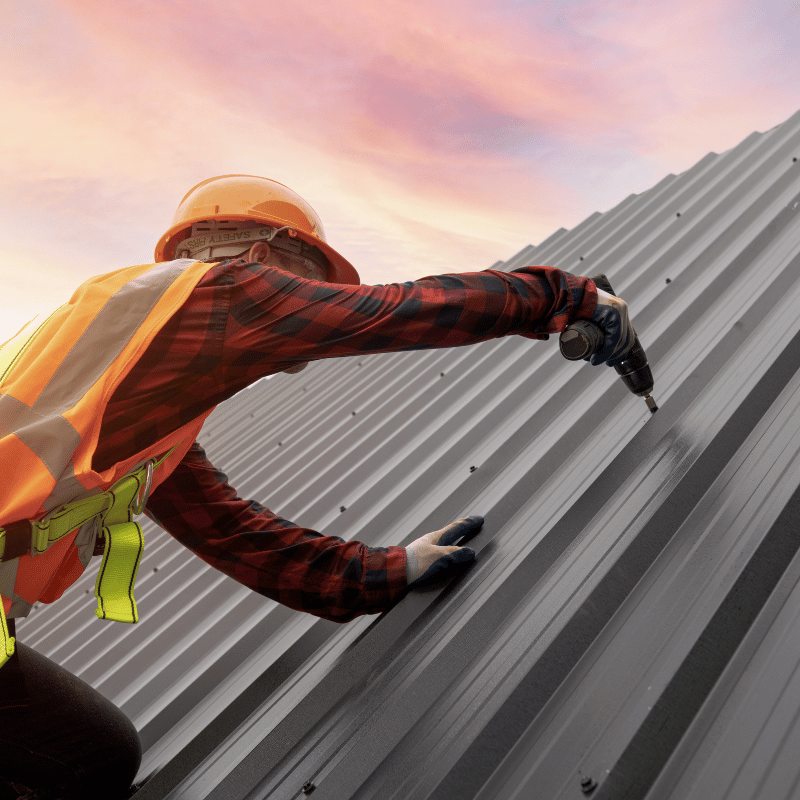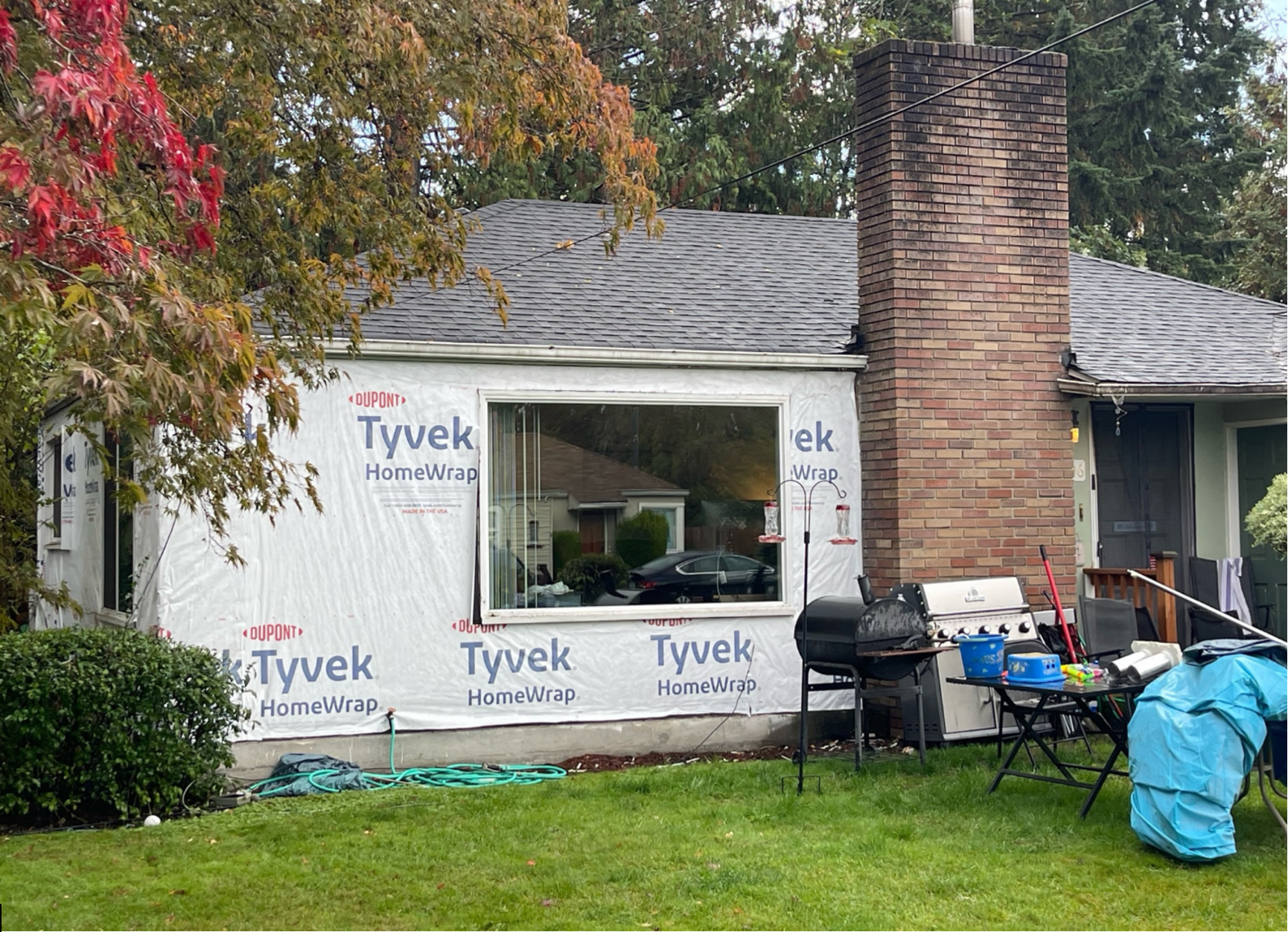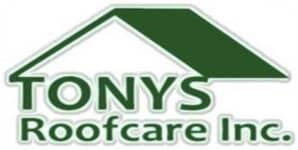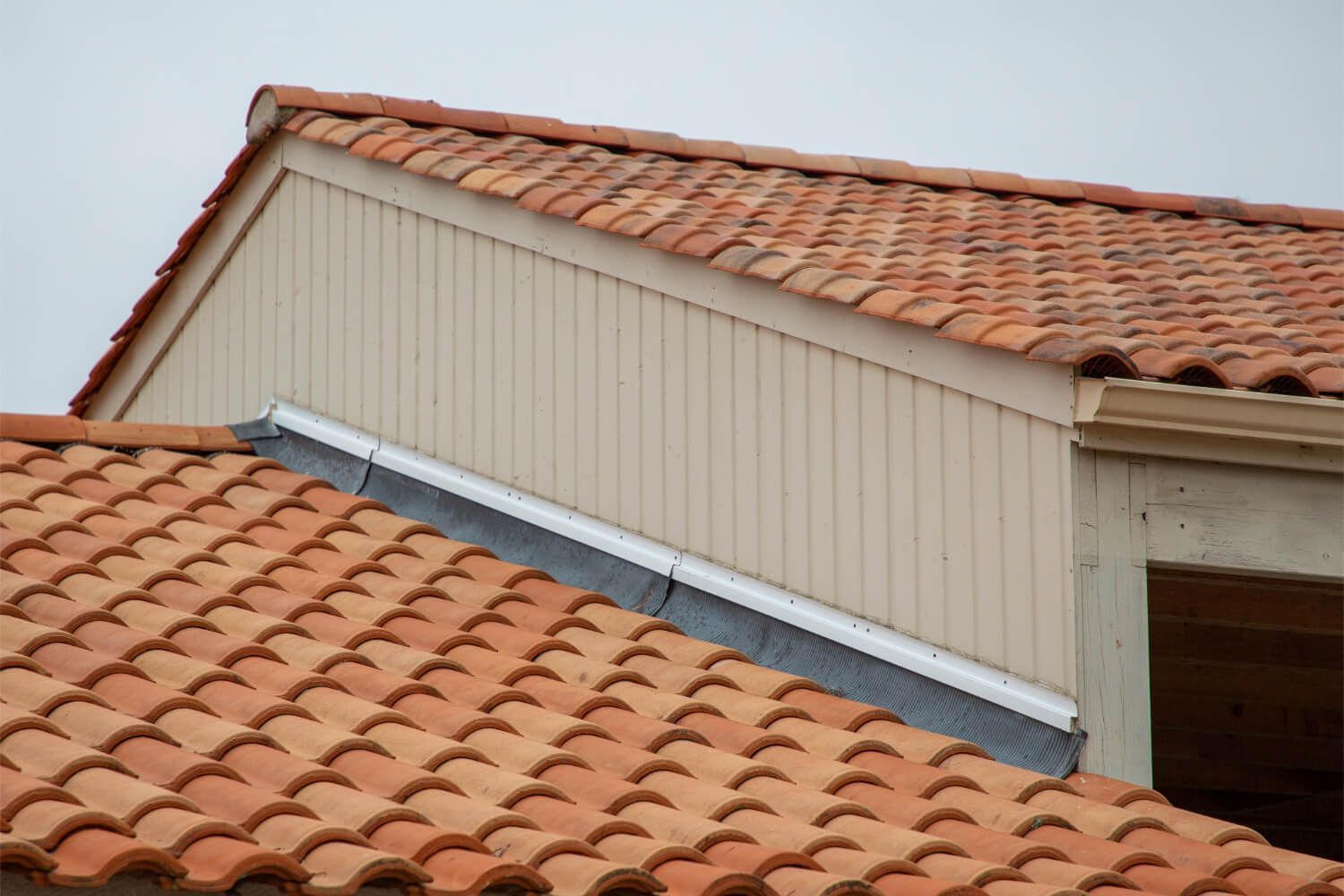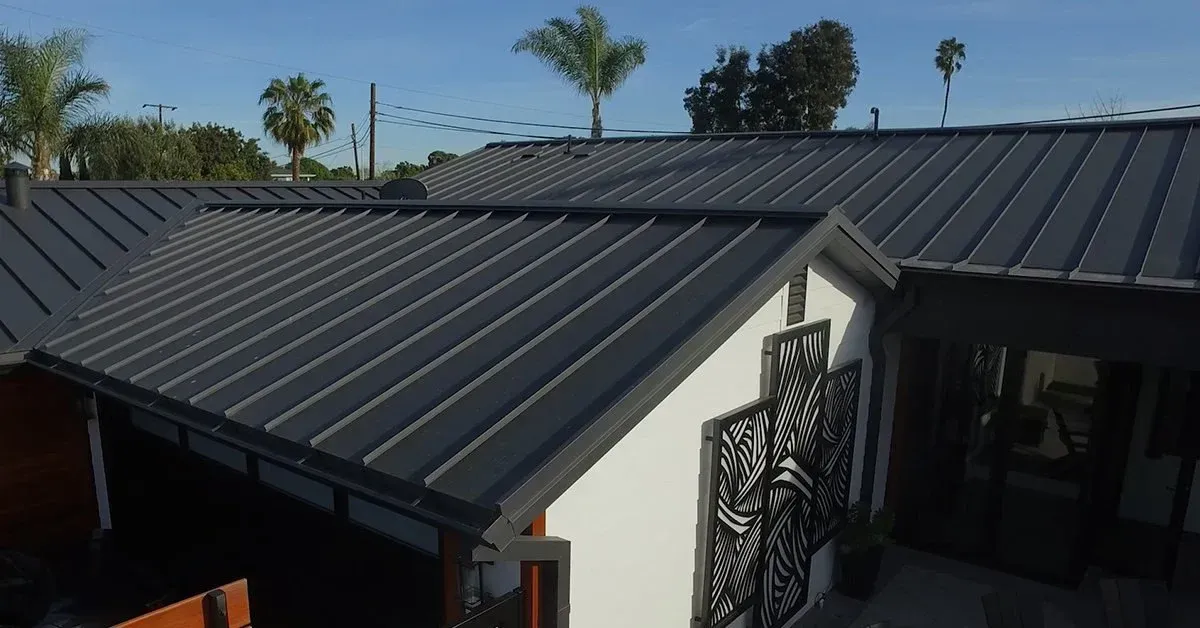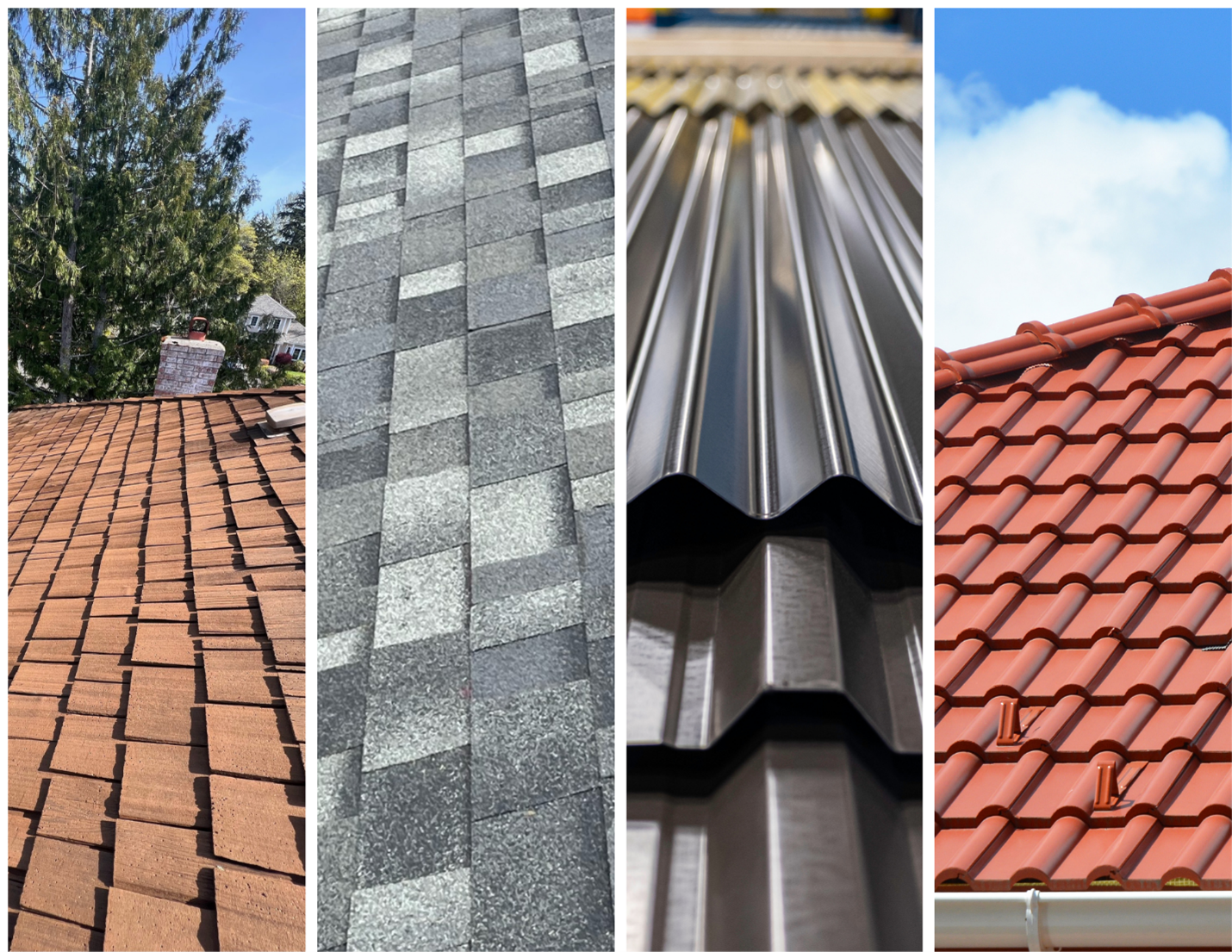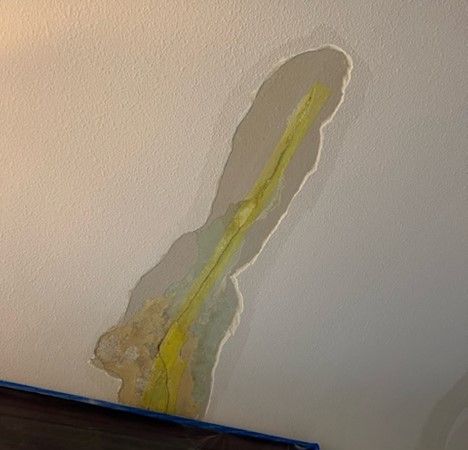One of the most important aspects of a residential roofing system is ventilation. Unfortunately, it is also one of the most overlooked and underappreciated parts of the home.
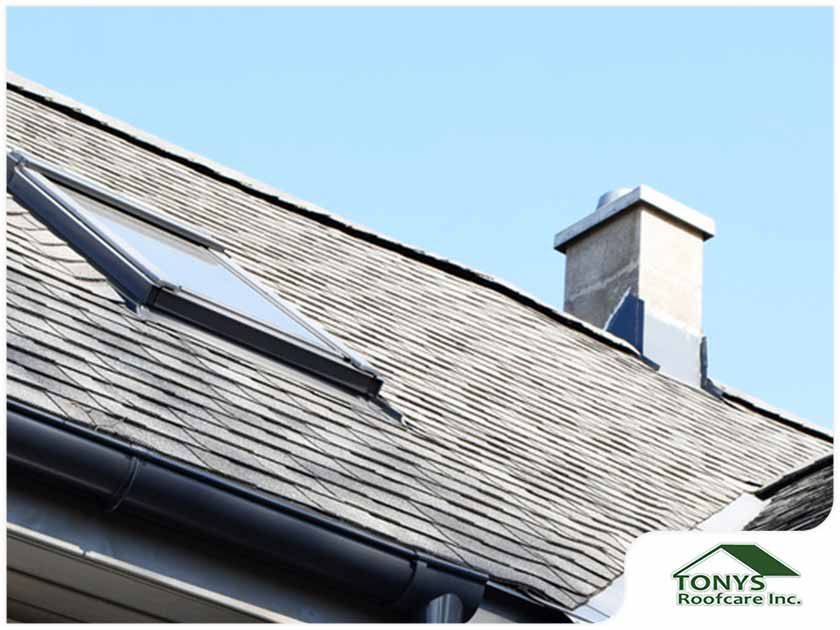
A poorly ventilated attic can cause heat and moisture to accumulate inside the space, compromising your roofing materials as well as the comfort and efficiency of your home. Choosing the right vent for your roofing is crucial. Here are some tips.
Check the Different Types of Roof Vents
Roof vents come in a variety of styles to suit different roofing systems. A ridge vent, for example, is an exhaust vent that runs the length of your roof along the ridge. A static vent protrudes from the roofline and is protected from precipitation by a cover. An intake vent is typically installed at the roof eaves to draw cool air into the attic while pushing moist, stale air out through the exhaust vents above.
Select the Most Suitable Type for Your Property
Roof vents can easily affect the overall appearance of your roof, which in turn can impact the aesthetic appeal of your home. When installing roof vents, choose the best color, material and size for your property. With the right roof vent, you can protect your home against damage from a leaking roof.
Hire a Reliable Roofer
If you want to improve your home’s roofing ventilation, make sure to enlist the services of professionals. Remember that this is a difficult process to pull off by yourself, and fixing a mistake in your roof ventilation can cost you a lot of money. You should always hire a reputable roofing contractor to assist you in selecting and installing the best roof vent for your home.
When it comes to roof repair and maintenance, Tony’s Roofcare Inc. uses only the highest-quality roofing materials and products on the market. We also offer free estimates. Call us at (253) 881-8743, or fill out our contact form to schedule an appointment with us.
Filed Under: roofing POST TAGS: ROOF REPAIR | ROOF REPLACEMENT | ROOF VENTILATION
Recent Posts
